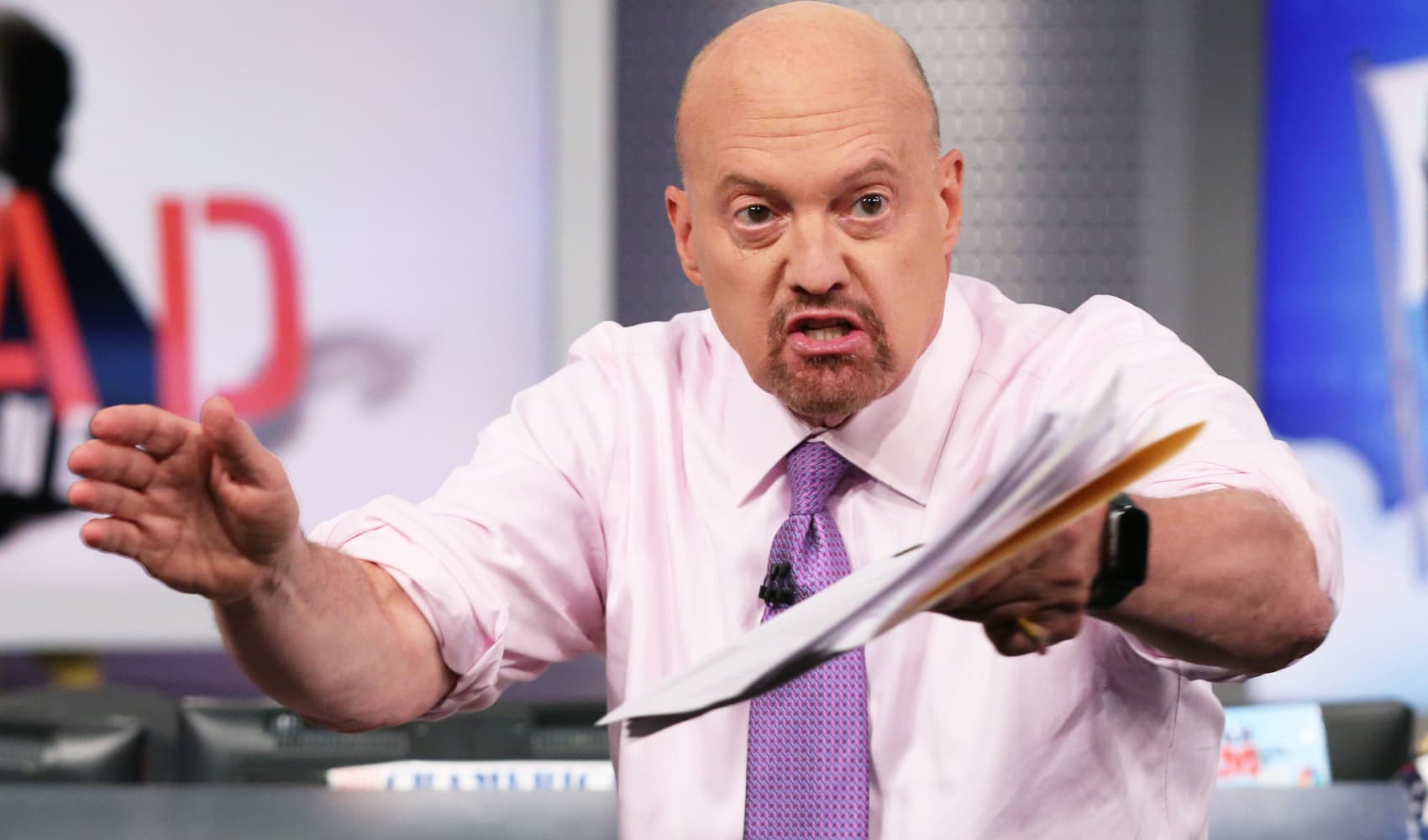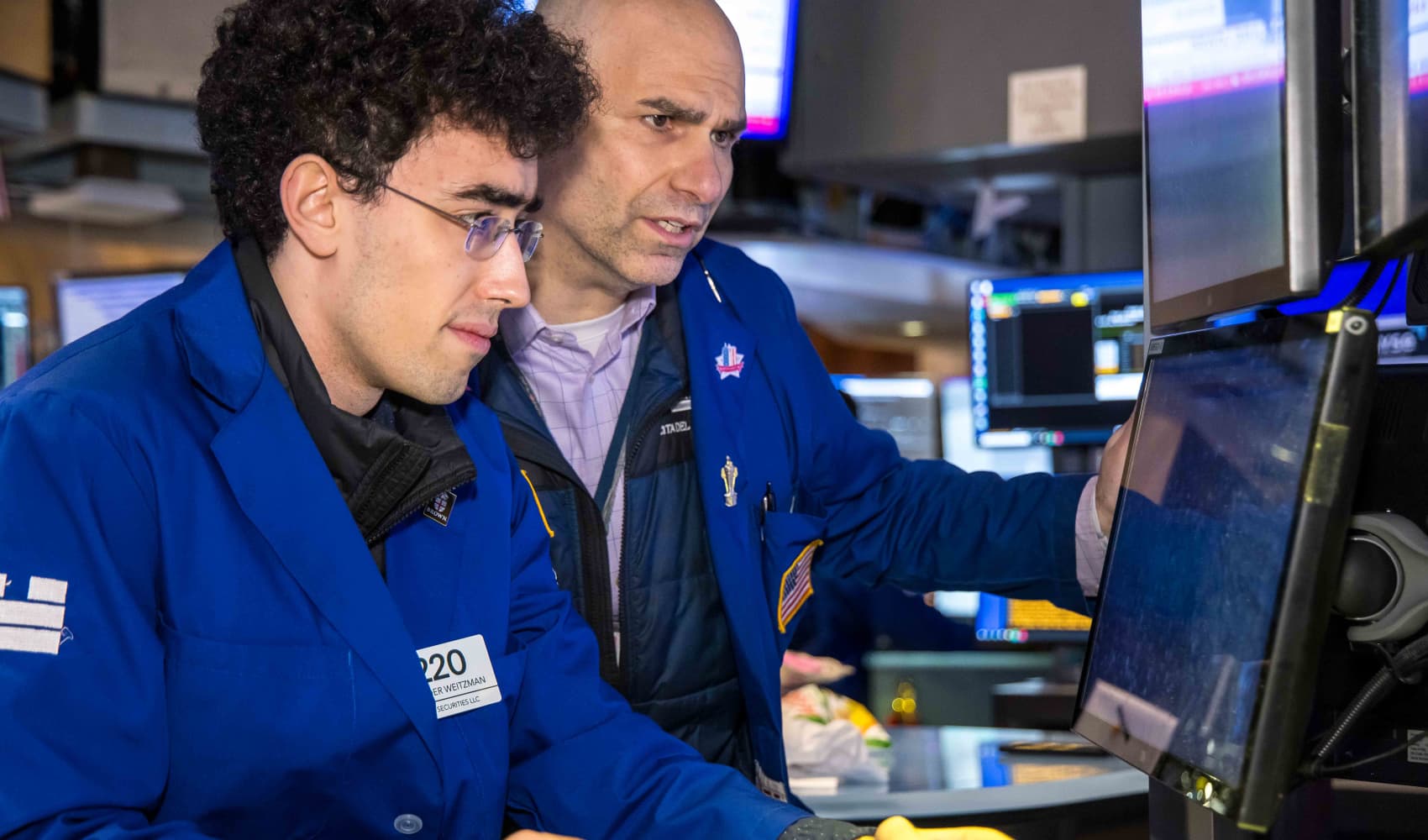
- China's factory activity swung back into expansion among smaller manufacturers in October, according to a private survey released on Friday.
- The Caixin/S&P Global manufacturing purchasing manager's index came in at 50.3 in October, beating the median estimate of 49.7 in a Reuters poll.
- A PMI reading above 50 indicates expansion in activity, while a reading below that level points to contraction.
China's factory activity swung back into expansion among smaller manufacturers in October, according to a private survey released on Friday.
The Caixin/S&P Global manufacturing purchasing manager's index came in at 50.3 in October, beating the median estimate of 49.7 in a Reuters poll.
The reading was 49.3 in September, 50.4 in August and 49.8 in July. A PMI reading above 50 indicates expansion in activity, while a reading below that level points to contraction.
We've got the news you need to know to start your day. Sign up for the First & 4Most morning newsletter — delivered to your inbox daily. >Sign up here.
This private gauge comes after the official PMI data, released Thursday, indicated that manufacturing activity in the country expanded for the first time since April. The Caixin series tends to be more focused on exporters and private sector companies compared to the official PMI data, which comprise of bigger and state-owned firms.
"Supply and demand both expanded. Overall market demand recovered, while production grew steadily," Wang Zhe, a senior economist at Caixin Insight Group, said in the survey release.
Incoming new orders placed with Chinese manufacturers also increased at the quickest pace in four months on the back of "underlying demand conditions and successive new business development endeavors," according to the release.
Money Report
Caixin, however, noted that export orders remained in decline, though the rate of reduction eased in the latest survey period, and employment fell again, meaning manufacturers had stayed cautious when it came to workforce numbers.
The latest reading is "definitely encouraging for the market," said Andy Maynard, managing director at China Renaissance, and a good sign that the blitz of stimulus measures rolled out by the Chinese government back in September are "obviously well received."
In September, the People's Bank of China cut the reserve requirement ratio or RRR, the amount of cash that banks need to have on hand as reserves, by 50 basis points. It also lowered the seven-day reverse repurchase rate from 1.7% to 1.5%, a decrease of 20 basis points.
"I think it's an early stage, a baby step to a degree, and it'd be interesting to see what the data points coming out in the future look like," Maynard said.
The world's second largest economy has struggled to regain its growth momentum in the face of tepid consumption and an embattled property market. Exports have been a rare bright spot.
"The sentiment has somewhat stabilized due to a more pro-growth government agenda to rescue the economy, fueling some hope of more robust demand," said Gary Ng, senior economist at Natixis.
Still, uncertainties remain on whether the trend can be sustained, Ng told CNBC. China's domestic competition remains intense and the industrial utilization rate, which measures business efficiency, is still lower than the historical average.
External demand may also be affected by the outcome of the upcoming U.S. elections and global rise in protectionism, he added. "Whether prices can pick up in the future will be important to assess the recovery in manufacturing."
China's parliament standing committee is set to meet next week, with expectations that it will announce details about fiscal stimulus after the gathering ends on Nov. 8.






